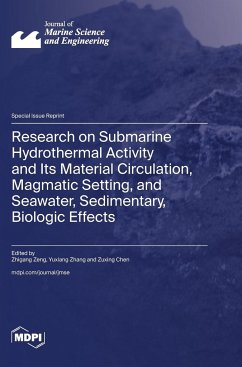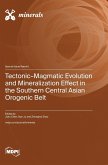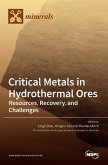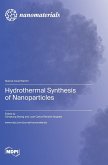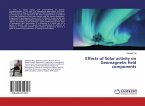Submarine hydrothermal activity has been a focus of research since its discovery in the 1970s. It is widely believed that submarine hydrothermal activity offers significant prospects for the development of mineral and biological resources, and also that it has a considerable impact on the immediate seawater environment. The study of submarine hydrothermal activity is a multi-disciplinary topic that includes tectonics, petrology, mineralogy, sedimentology, chemistry and oceanography. The development of hydrothermal circulation is controlled in tectonic and magmatic settings, including extensional tectonics where shallow magma reservoirs exist. The chemical compositions of hydrothermal fluids, which are affected by fluid-rock interactions beneath the seafloor and potentially by magma degassing are recorded in hydrothermal minerals, sediments, and seawater. Naturally, such a broad area of research cannot be advanced without the development of exploratory and analytical techniques. This Special Issue includes 13 research works, which cover the chemical and isotopic compositions of seafloor hydrothermal sulfides and fluids, the magmatic process in shallow magma reservoirs and its relations with hydrothermal system, subduction chemical recycling, and progress in exploratory and analytical technologies for seafloor hydrothermal activity.
Hinweis: Dieser Artikel kann nur an eine deutsche Lieferadresse ausgeliefert werden.
Hinweis: Dieser Artikel kann nur an eine deutsche Lieferadresse ausgeliefert werden.

